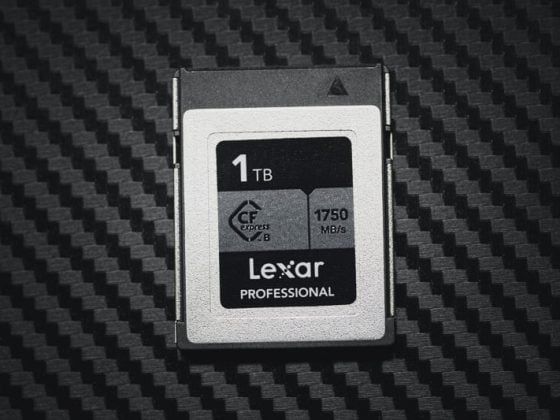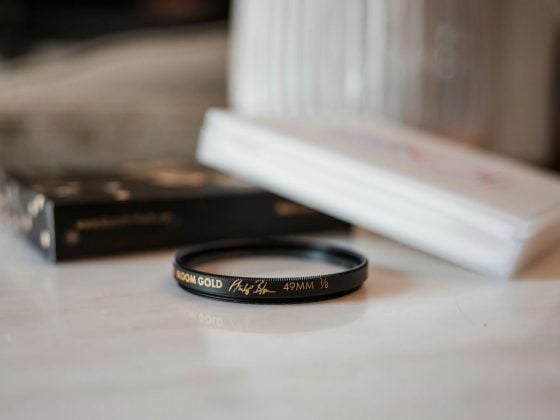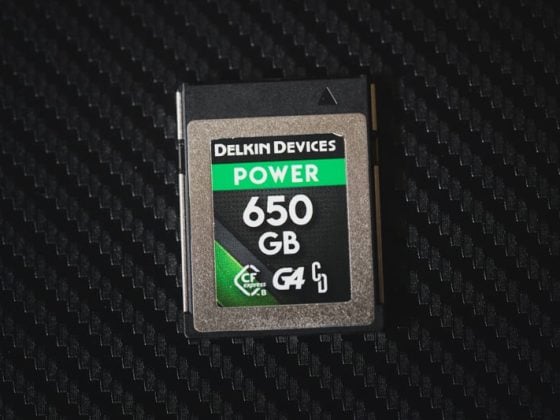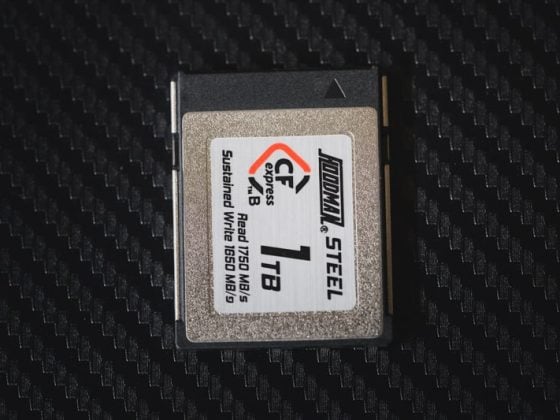What is HDR in photography?
You see it popping up all over the place, and you keep hearing the term HDR. Even our smartphones have built-in HDR modes. But what is it?
HDR in photography simply means High Dynamic Range. This means that in a photograph, almost nothing is underexposed or overexposed. The range of light captured by a camera’s sensor is broader than what the camera or human eye can see.
Here are a few examples of my HDR Photography

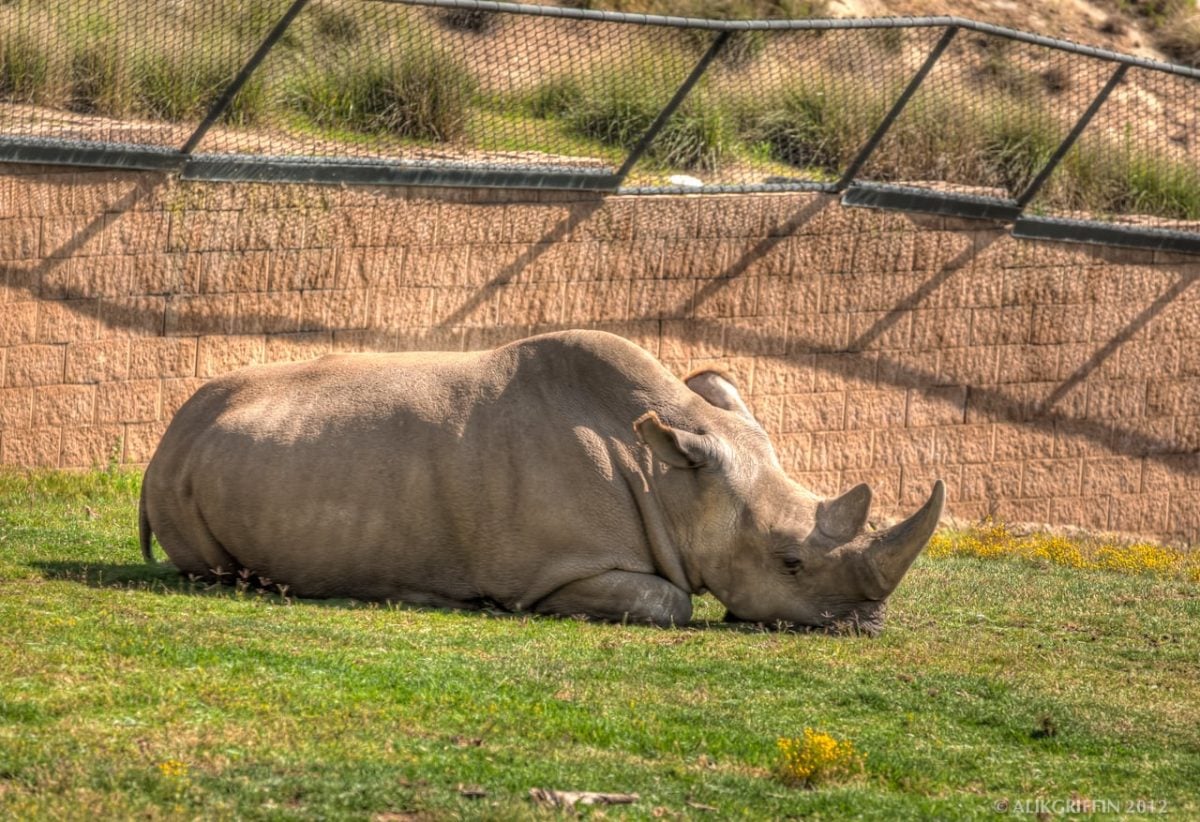
The Canon 5Dmkii sensor captures a usable dynamic range of somewhere around 9-11 stops, depending on your ISO and the quality you’re looking for. The human eye sees at a dynamic range of around 6.5 stops, but we think we see more because the eye is constantly moving and adjusting to compensate. (A ‘stop’ is a standard measurement of exposure. It’s the Focal length of your lens divided by the diameter of the aperture. S = F/D)
When we see something like a sunset, the dynamic range of the scene might be somewhere around 12-15 stops. With a camera that shoots at a range of only seven stops, there is no way to capture the full exposure range of the scene in one photo. So, how do we get everything to be exposed to give us an HDR image?
We use multiple photo sets to expose them in different ranges and then combine them into one.
Here is an example of what I mean.
Here is a photo of Hermosa Beach exposed to the sky. The sky is exposed to capture its contrast and color but everything else is too dark.
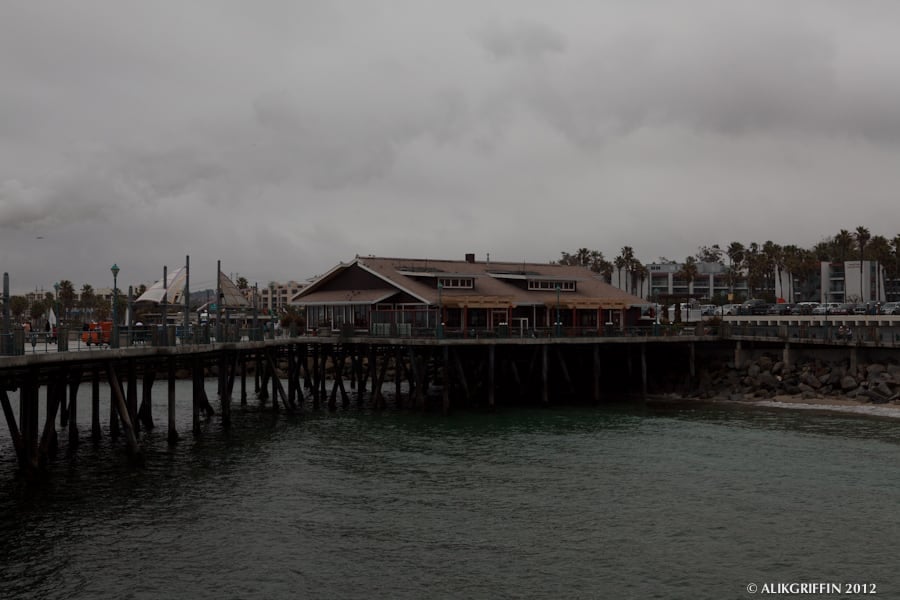
Here is a photo of the pier. Now the pier is exposed, but the sky is overexposed, and we no longer see the clouds.
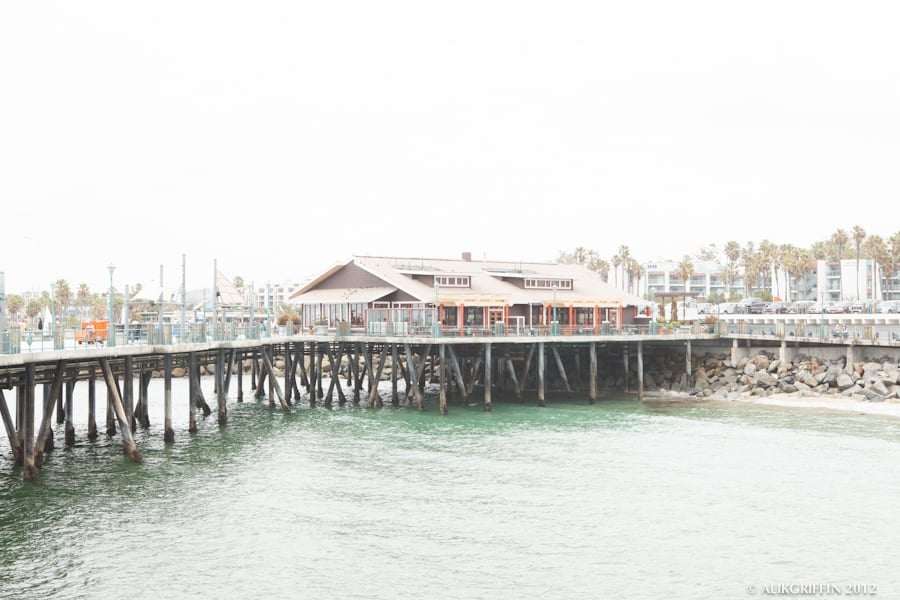
Here is one more photo between the two. The sky is partly overexposed, and the beach is underexposed in some areas.
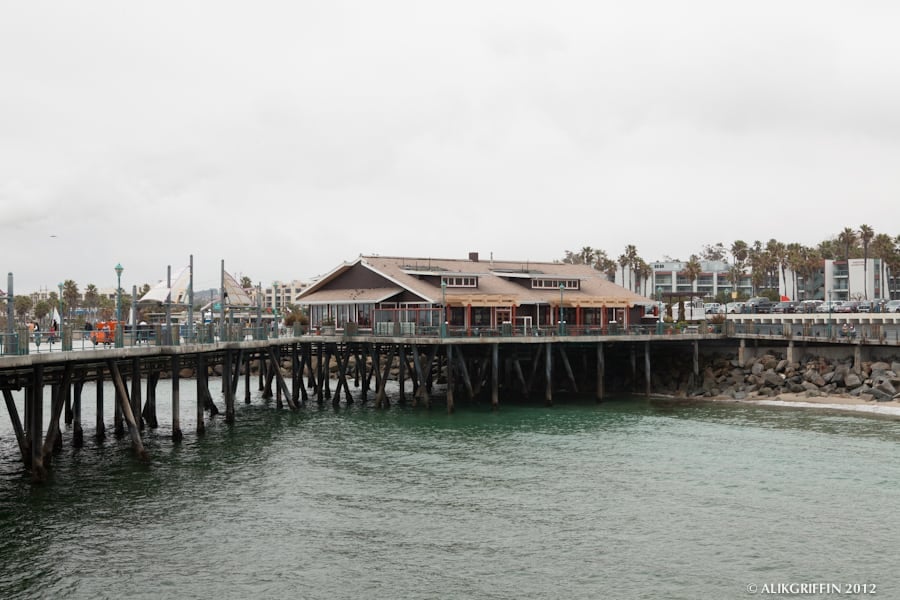
Now, here is what they look like if we combine all three.
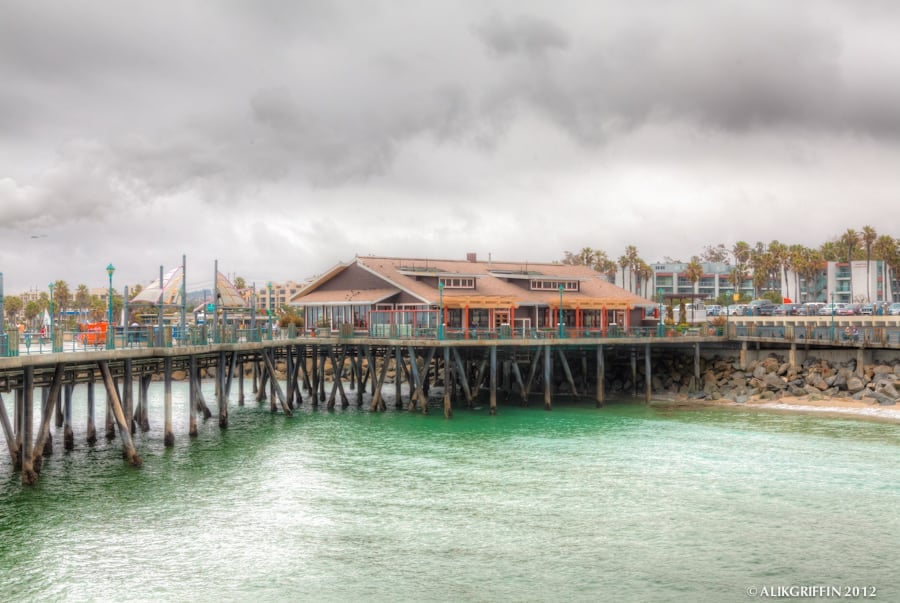
This is what HDR photography is: High-Dynamic-Range Images. They almost look fake, which is part of the art of HDR: achieving that full dynamic range without screaming digitally enhanced.
There are a few programs out there that let you combine photos into a single HDR photo. I used Photomatix Pro for this shot. You can also use Photoshop or HDR Efex Pro.
I personally like Photomatix. And more and more cameras are having this feature built into them, like the 5Dmkiii, the Canon T4i, and the new Canon EOS M.
| **This website contains affiliate links. We will earn a small commission on purchases made through these links. Some of the links used in these articles will direct you to Amazon. As an Amazon Associate, I earn from qualifying purchases. |


